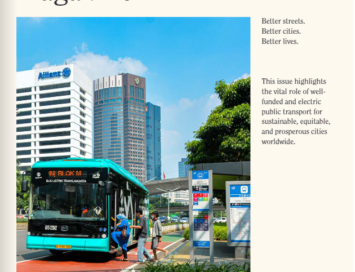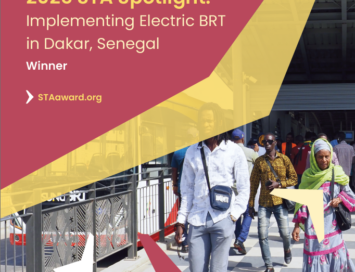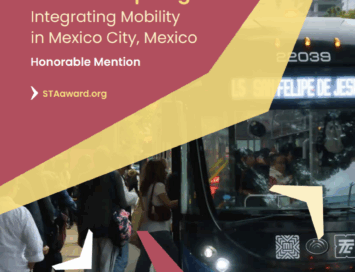Parking Guidebook for Beijing
Increased car ownership in Beijing has resulted in a higher demand for parking spaces. Rather than taking a restrictive approach to parking as a means to reduce car travel and ownership, the government is trying to increase parking supply in an effort to solve parking problems.
Simply increasing parking supply is not a solution as it leads to more traffic and lost opportunities for high-value uses like offices, retail and residences. Each parking space takes up 30m2 to 35m2 and car drivers need between two to five different parking spaces every day. Therefore it is crucial for the success of Beijing to start managing parking holistically and implement and enforce parking systems and policies that have proven their success elsewhere. The parking problems are not unique to Beijing and lessons can be learned from other cities that have experienced increased motorization.
This report studies Beijing’s existing parking policies and systems and studies several parking locations, residential, commercial, office and mixed use areas, both on-street and off-street, documenting existing parking practices in Beijing. An analysis of problems identifies the main parking issues and Chinese and international best practices described. Recommendations are given for on-street parking, including parking zones, price, policies, technology, enforcement, design, operation models, costing & financing. For off-street parking recommendations are presented for parking maximums, caps and parking sharing. Furthermore recommendations for communication on parking reform are offered.
北京停车研究报告
北京是中国的首都,也是一个人口和经济高度集中的巨型城市。如同其他中国大城市一样,随着近年来经济和城市化的快速发展,北京的机动车保有量快速增加,对停车位的需求也日益上涨。北京市政府因此面临着“停车难”等极大的交通压力,并希望增加停车位的供给来缓解供需矛盾。
然而“停车难”的问题不可能单纯地通过增加停车位供给来缓解,有限的道路资源永远无法满足无限的车辆需求,同时,因为停车设施供给增加还将导致交通量进一步增加,进而加剧交通拥堵和空气污染的问题;而土地资源的有限性和稀缺性使之不能大量的用于建设停车设施,因为这些资源还需供给居住、商业和办公这些更为必需、土地价值也更高的城市功能发展。
表面上来看,一个停车位的占用的土地面积并不大,然而事实上,停车位却耗费着巨大的土地资源。因为单个车位 起码需要占地30-35 平方米(包括坡道和行车空间),而一 辆车每天可能需要使用到2-5 个车位。国外城市,尤其欧洲城市,也曾经面临同样的停车难和机动化矛盾。这些城市通过改革停车政策和使用先进的停车管理手段成功的解决了这个难题,他们的经验教训值得借鉴。
应亚洲开发银行委托,我所选取了北京市4 个具有代表性的区域(共8 个调查点,包括为老旧小区、高层住宅区、商业区、办公区、功能混合区和地铁站点地区)进行停车特 征和停车管理措施研究,借鉴国内外停车管理方面的先进经 验,提出改善建议,并进一步对北京既有停车政策和停车管 理进行了一定的分析。路内停车方面的建议包括:停车分区、费用、政策、技术、执行措施、设计、运行模式、成本和财政预算;路外停车方面的建议包括:设置建筑物配建停车位上限、区域停车位供给上限和共享停车位;此外文章还提出 了对停车政策改革的公众宣传和沟通的建议。本研究报告提 出的北京停车改善建议,是建立在针对北京停车现状和人们停车行为的文献研究和实地调研数据分析的基础上的,并参考了国际上先进的做法提出改善方案。



